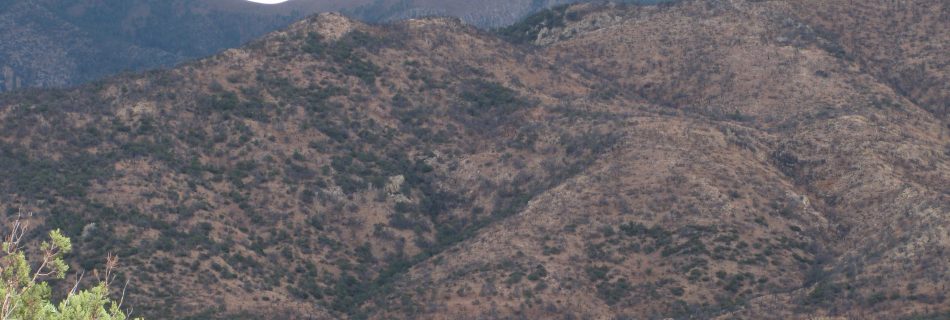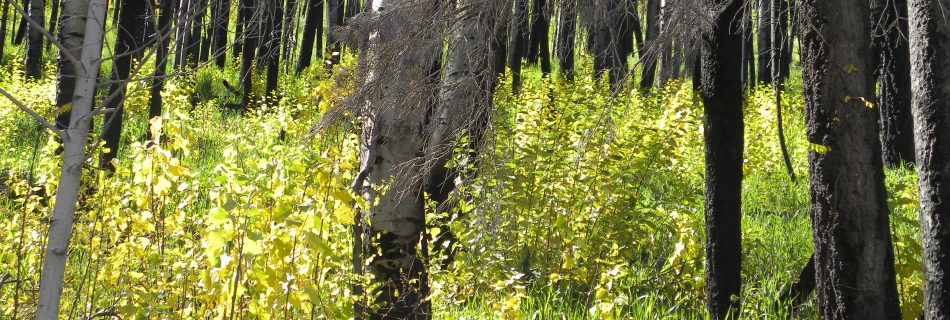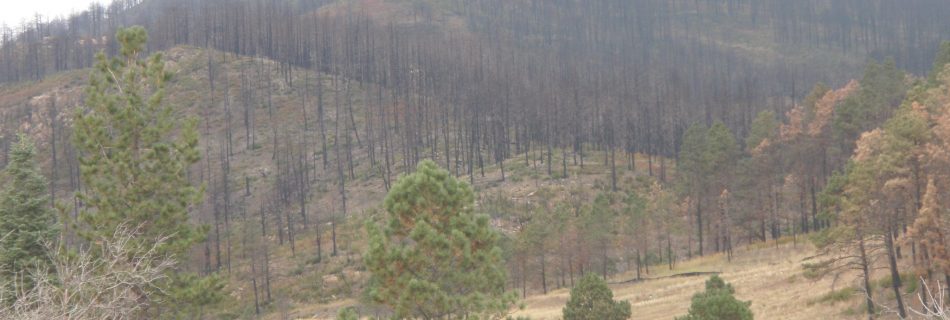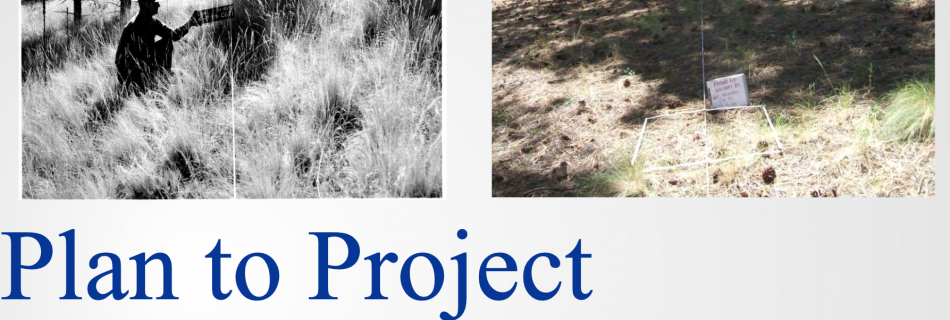November 8-9, 2012: Horseshoe Two Fire
The Horseshoe Two Fire began on May 8, 2011 on the east side of the Chiricahua Mountains in southeastern Arizona and burned northeast into the Chiricahua National Monument. The topics covered on this field trip included landscape scale fire management, fire effects, operations, impacts on wildlife, post-fire rehabilitation efforts, and treatment effectiveness. Day one covered …




